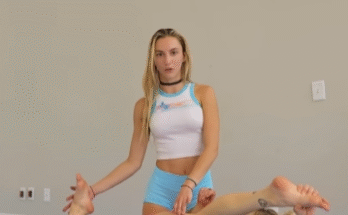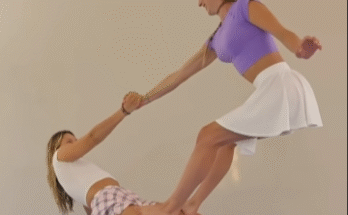
Tight hip flexors are a common issue, especially in today’s sedentary world. Whether you spend hours sitting at a desk, drive frequently, or engage in intense physical activity, your hip flexors can become shortened and tense. This can lead to lower back pain, hip discomfort, poor posture, and even decreased athletic performance. But don’t worry—there’s an effective way to release tight hip flexors using a three-step method that incorporates pandiculation, an often-overlooked technique that retrains your nervous system for long-term relief.
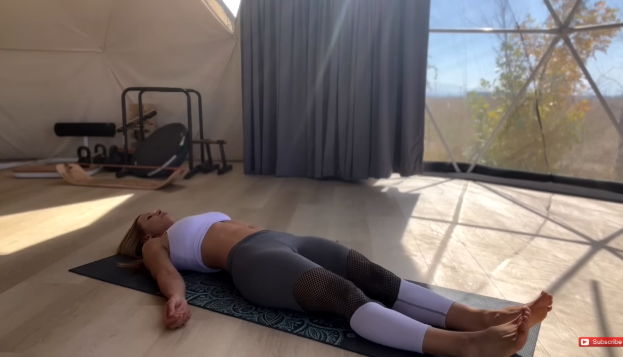
Understanding Hip Flexor Tightness
The hip flexors are a group of muscles located at the front of the hip, primarily the psoas major, iliacus, rectus femoris, and sartorius. These muscles play a crucial role in lifting your legs, stabilizing your core, and allowing smooth movement. However, when they become overly tight, they can pull on the lower back, misalign the pelvis, and cause a chain reaction of discomfort throughout the body.
Tight hip flexors can result from:
- Prolonged sitting, which keeps these muscles in a shortened position
- Overuse in activities like running or cycling
- Weak glute muscles, leading to imbalances
- Stress, which can cause the body to hold tension unconsciously
Instead of just stretching the hip flexors, we need to retrain the nervous system to release tension and restore natural function. This is where pandiculation comes in.
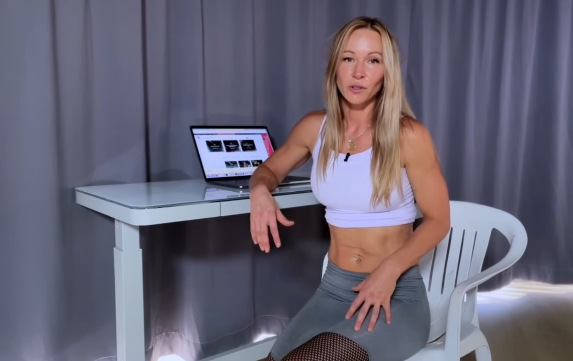
What Is Pandiculation and Why Does It Work?
Pandiculation is a neuromuscular technique that actively contracts, lengthens, and relaxes muscles in a slow, controlled manner. Unlike passive stretching, which can sometimes reinforce tightness, pandiculation sends a signal to the brain to reset muscle tension levels. It works similarly to how animals naturally stretch when they wake up—they contract, then release their muscles in a smooth motion.
By incorporating pandiculation into a three-step release process, you can effectively reduce tightness in your hip flexors and experience lasting relief.
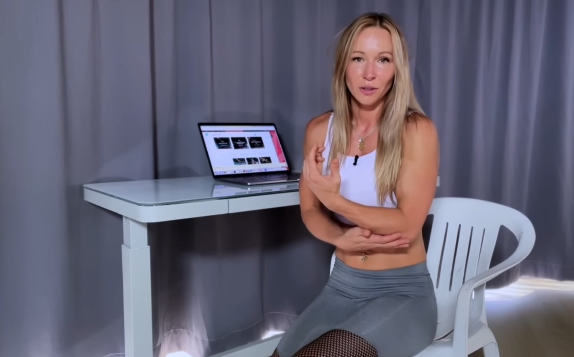
The 3-Step Release for Tight Hip Flexors
Follow this step-by-step approach to release your hip flexors and restore proper function:
Step 1: Active Contraction (Reeducating the Nervous System)
- How to Do It:
- Lie on your back with both legs extended.
- Slowly bend your right knee and bring it toward your chest while keeping your left leg straight.
- Actively press your right thigh into your hands while resisting with your hands.
- Hold the contraction for about 5 seconds, then slowly release.
- Repeat 3-5 times on each leg.
- Why It Works:
- This step engages your hip flexors in a controlled manner, signaling to the brain that they can release tension safely.

Step 2: Slow Lengthening (Releasing Stored Tension)
- How to Do It:
- Start in a lunge position with your right foot forward and left knee on the ground.
- Slowly push your hips forward while keeping your back straight, feeling a gentle stretch in the front of your left hip.
- Instead of forcing the stretch, gently engage the left glute to support the movement.
- Hold for 10-15 seconds, then return to the starting position.
- Repeat 3 times on each side.
- Why It Works:
- By actively lengthening the hip flexors, you train your muscles to release tension rather than tighten up in response to stretching.
Step 3: Relaxation and Integration (Restoring Natural Movement Patterns)
- How to Do It:
- Stand up and shake your legs out.
- Perform gentle hip circles, moving in both clockwise and counterclockwise directions.
- Lie on your back again and take a few deep breaths, feeling your hips relax into the floor.
- Why It Works:
- This step allows your body to integrate the new muscle state and prevent tightness from returning.
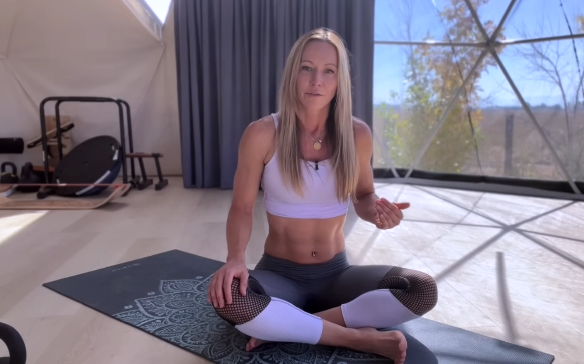
Additional Tips for Preventing Hip Flexor Tightness
- Move More: Avoid prolonged sitting by standing up and moving every 30–60 minutes.
- Strengthen the Glutes: Weak glutes contribute to tight hip flexors. Incorporate exercises like bridges and clamshells.
- Practice Proper Posture: Maintain a neutral pelvis position while sitting and standing.
- Breathe Deeply: Shallow breathing can contribute to muscle tension. Practice diaphragmatic breathing to relax your nervous system.
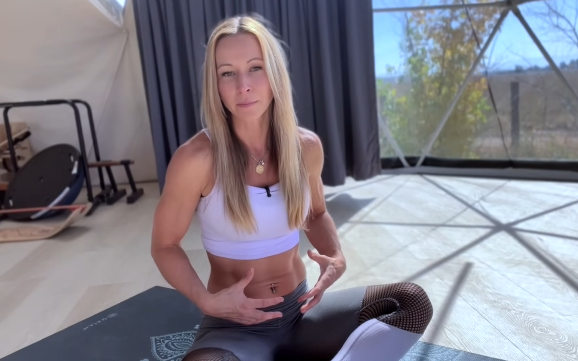
Conclusion
Instead of relying on passive stretching, the three-step release using pandiculation offers a smarter approach to relieving tight hip flexors. By actively engaging, lengthening, and relaxing the muscles, you can retrain your nervous system, improve mobility, and eliminate pain more effectively. Incorporate these techniques into your routine, and you’ll soon experience freer, more comfortable movement in your hips and lower back.
Try this method today and feel the difference for yourself!
